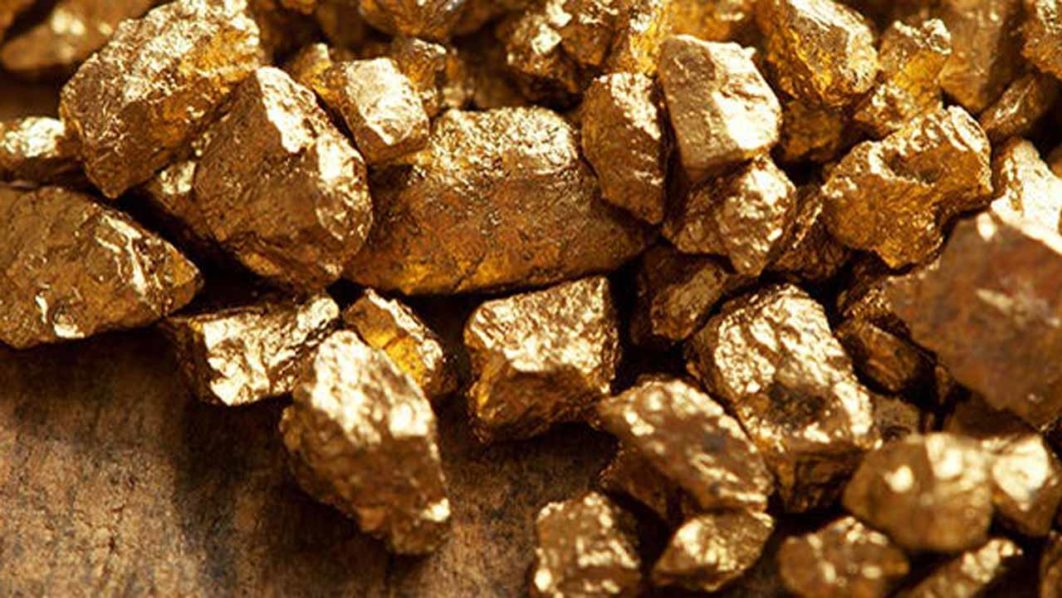If You’d Want To Invest In Gold Bullion Or Coins Through An Ira, Here’s How It Works:

Inflation, political turmoil, and stock market collapses are all times when gold has usually held or even increased its value. No matter how optimistic they are about the future, investors who wish to broaden their portfolios beyond the typical suspects of equities, bonds, or mutual funds may want to consider holding actual gold.
Gold is among the few products that the Internal Revenue Service (IRS) allows IRAs to invest in. Before you acquire any bullion, you should familiarise yourself with the ins & outs of the a Gold IRA account.
A Gold Ira’s Investment Strategy
You must open a self-directed Individual Retirement Account (SDIRA) with a custodian in order to hold actual gold in an IRA. The custodians is an IRS-approved finance company (bank, trust firm, or brokerage), however many financial services or mutual fund companies that handle ordinary IRAs don’t manage the self-directed version of the account.
In addition, you must choose a precious metals merchant who will purchase the gold for your IRA.
Remember that not all self-directed IRA custodians offer the same investment options, so check to see if actual gold is one of their products before opening an account with them. For those who choose a tax-deferred option, the SDIRA can be set up in either the standard or the Roth IRA form (tax-free distributions).
If you have a 401(k), 403(b), 457, or any other qualifying retirement plan, you can fund the account with such a contribution (subject to contribution limits), transfer, or rollover.
Your custodian & metals dealer will then perform the transaction on your behalf, allowing you to make investment decisions.
It’s also not possible to buy either bar or ingot at random. There must be a “fineness” requirement for the purity and weight of physical metals, which must be stored in an IRS-approved depository. For coins, you can only use bullion coins from specific government mints.
The Advantages Of A Gold Individual Retirement Account
There are both advantages and disadvantages to Gold IRAs. The following are some of the perks:
Benefits from a tax perspective. the same tax advantages as gold IRAs are available.
contributions to typical self-directed IRAs can be deducted from taxable income. And Roth account withdrawals are tax-free as well.

A long-term investment. Physical gold isn’t easy to get your hands on, but neither are IRA assets. If you don’t plan to touch your IRA’s assets for decades—typically until you retire—then gold is a good choice for your investing portfolio.
Increased power and authority. Because they are self-directed accounts, gold IRAs always allow you to control and make all of the financial decisions for your holdings.
Risks Of Gold Iras
If you’re thinking about a gold IRA, keep these disadvantages in mind.
There is no tax break. Money invested in gold bullion earns no interest, dividends, or any other kind of return on its principal. In other words, the tax-free growth of IRA investments isn’t actually taken advantage of here. Selling your gold for a profit would result in a capital gains tax deduction.
Fees that are more expensive. In order to protect your gold, you cannot keep it at home or even in a bank’s deposit box. A custodian, rather than you, is required to keep and insure your IRA-held precious metals and to purchase, ship and transport them as necessary. IRA custodial fees for gold IRAs tend to be greater than those for conventional IRAs.
Finances are limited. Gold IRAs do not allow you to transfer precious metals you do own. Personal purchases of precious metals and transfers to your IRA are also prohibited. You’ll need a custodian to handle all of your financial transactions.


